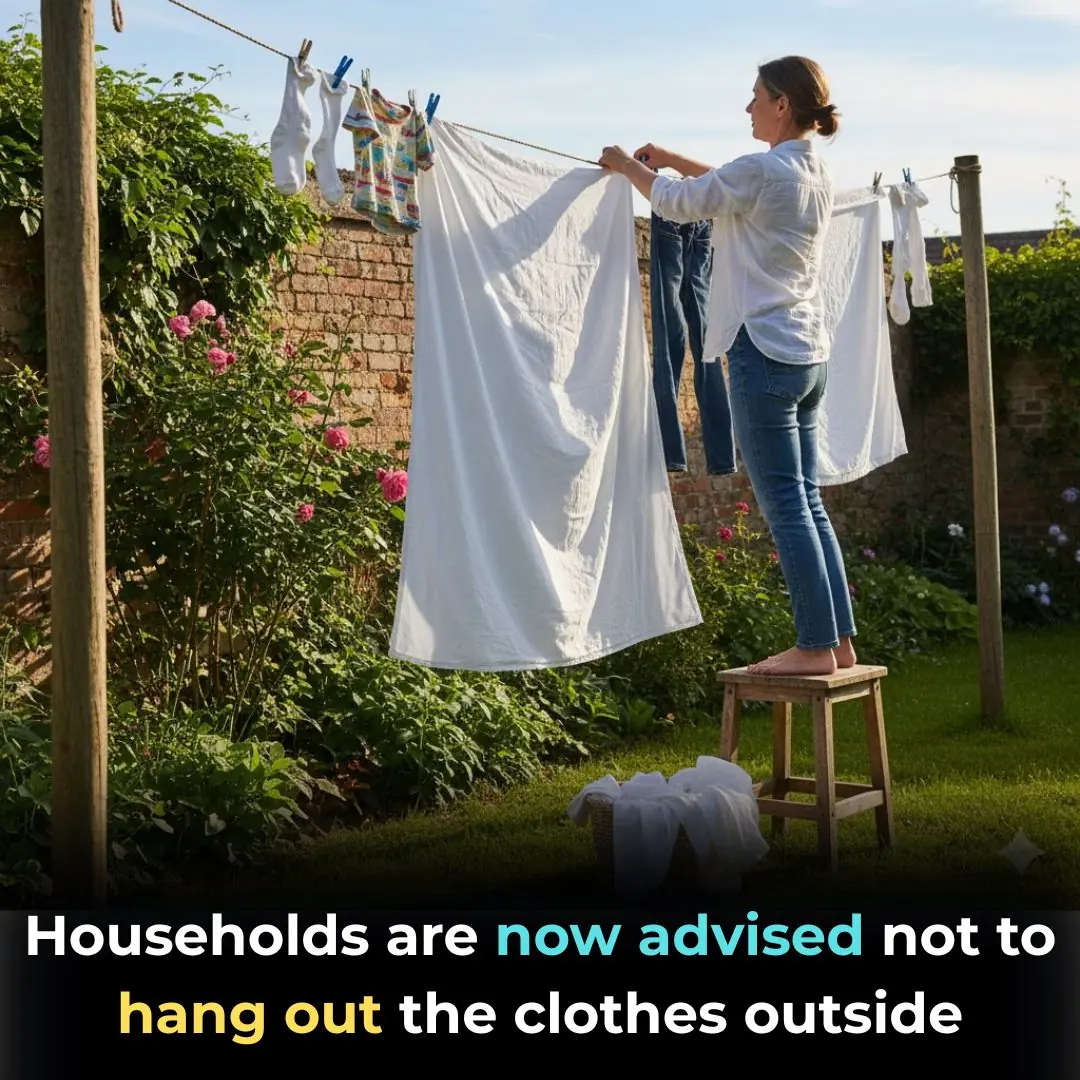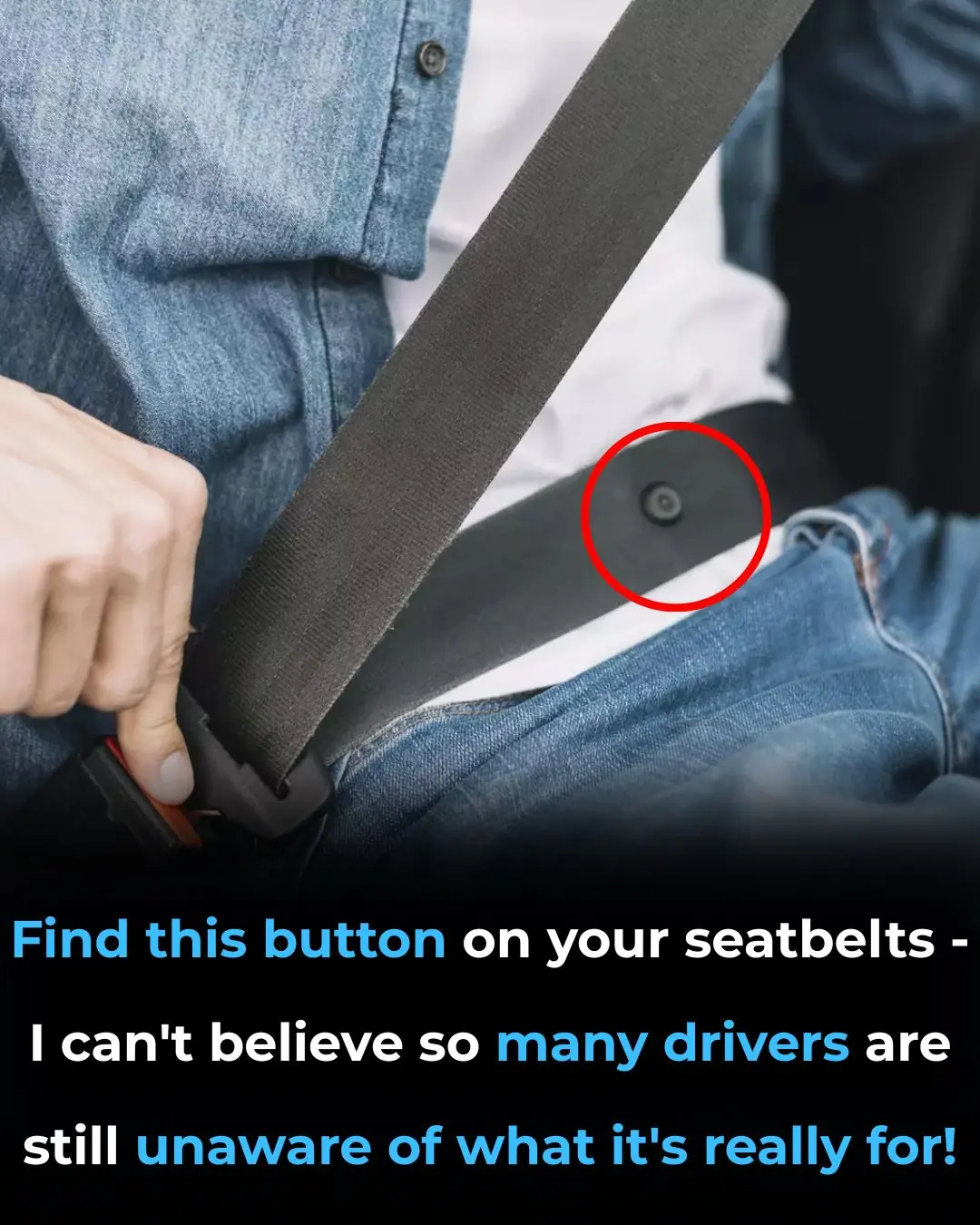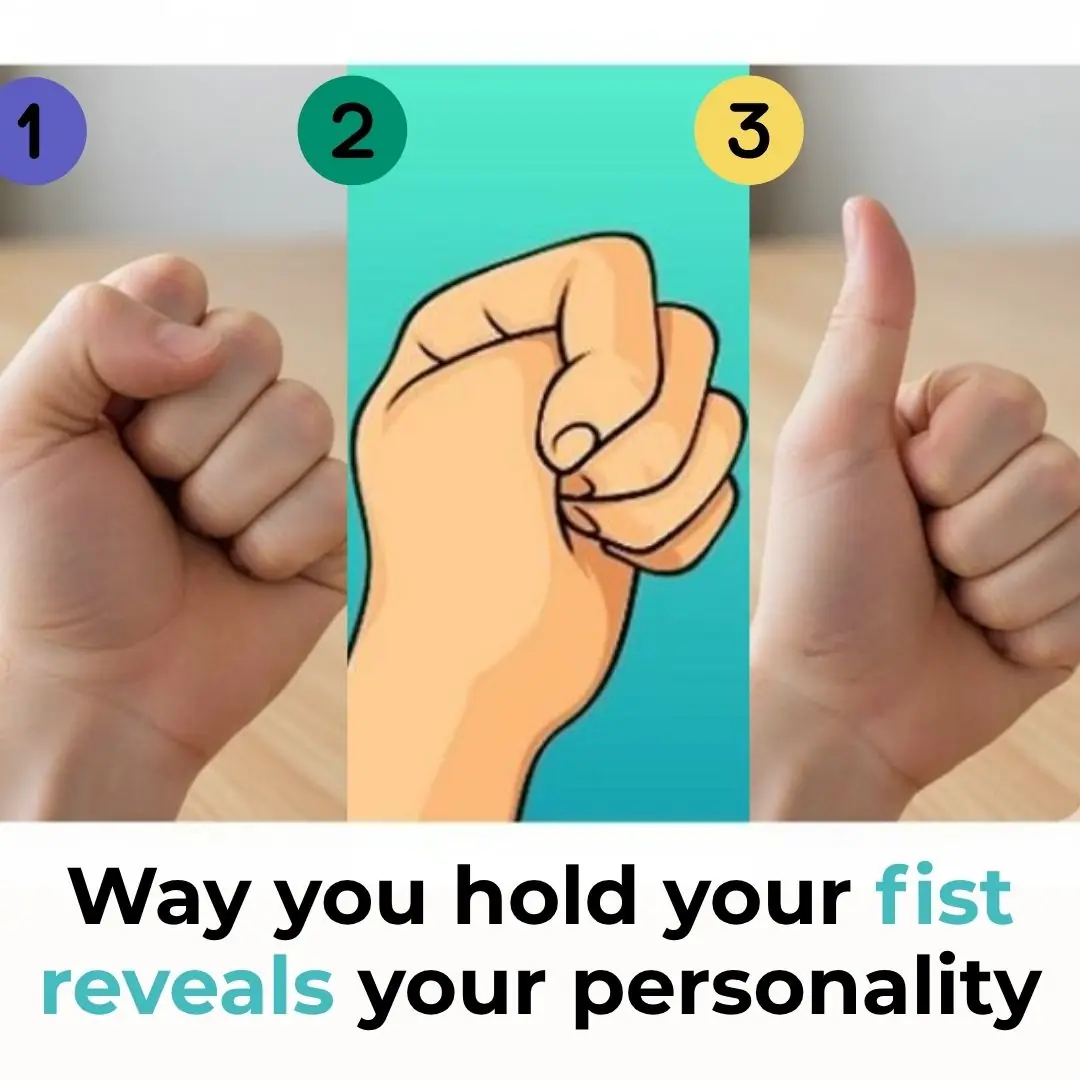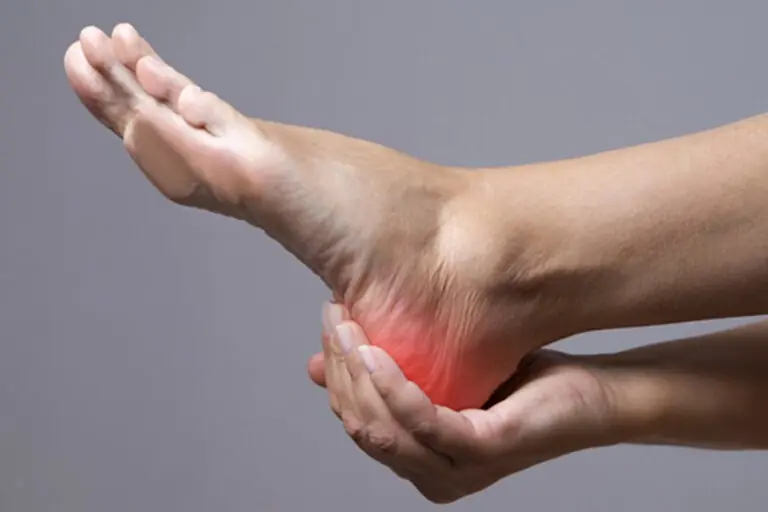
Why Do Women Cross Their Legs When Sitting
Why Do Women Cross Their Legs When Sitting? — Psychological and Cultural Insights
The simple act of crossing one’s legs while sitting may seem like nothing more than a comfortable habit — yet it carries layers of meaning shaped by culture, psychology, and social expectation.
For women especially, this small gesture has been observed, interpreted, and even judged throughout history. What might feel instinctive or natural can, in reality, reveal centuries of conditioning and subtle cues about identity, confidence, and social belonging.
Cultural and Social Context: A Gesture Shaped by History
For centuries, the way women sit has not merely been a matter of comfort — it has been a statement, often dictated by etiquette and propriety.
In 18th- and 19th-century Europe, crossing one’s legs was considered a symbol of refinement and modesty. Women were taught to keep their knees together and legs angled neatly to one side — a posture associated with grace and femininity. It wasn’t just body language; it was social currency. Posture reflected virtue, class, and upbringing.
Art and literature reinforced this standard. In Victorian portraits, for example, women were often depicted with tightly crossed ankles or gracefully angled knees — a subtle reminder of restraint and elegance. The female body was expected to occupy minimal space, both physically and metaphorically.
By contrast, in many Eastern cultures, crossing one’s legs — particularly in formal or religious settings — can be seen as a sign of disrespect or informality. Sitting cross-legged in front of elders, for instance, may be frowned upon. This shows how the same gesture can hold opposite meanings across different cultural contexts.
Today, even in a modern, globalized world, remnants of these traditions remain. Women may unconsciously cross their legs because it feels “proper” or because they’ve been socialized to associate that posture with poise. In public or professional spaces, it can serve as a kind of learned choreography — a quiet signal of refinement, restraint, or self-awareness.
Yet this conditioning has its downsides. What was once labeled “ladylike” can also limit natural movement, comfort, or self-expression. The question then arises: do women cross their legs because they want to, or because society has subtly taught them to?
Psychological Interpretations: More Than a Gesture
From a psychological standpoint, leg-crossing can convey much more than modesty or comfort. It’s a nonverbal form of communication, reflecting inner emotions, social awareness, and even personality.
Some psychologists interpret leg-crossing as a form of self-protection — a subtle way of creating a barrier between oneself and the world. When someone feels uncertain, anxious, or defensive, they may instinctively close off their body posture by crossing their arms or legs.
Conversely, a more relaxed or open posture can signal confidence, ease, and trust.
According to psychoanalytic perspectives, body posture mirrors internal states. A tightly crossed leg might suggest tension or insecurity, while a looser, more casual cross can reflect comfort and self-assurance. Behavioral psychologists view this as part of the nonverbal vocabulary of human interaction — an unspoken language that reveals how we feel even before we speak.
Importantly, social conditioning also plays a major role. Women are often taught — consciously or not — to sit “neatly,” to take up less space, and to appear composed. Men, by contrast, are rarely subject to the same scrutiny over posture. This difference reflects broader gender norms around body expression, power, and visibility.
Nonverbal Communication and Social Interaction
Leg crossing is not only about comfort — it’s also a form of social signaling. The direction of one’s legs and the openness of the posture can subtly influence how others perceive us.
-
Crossing legs toward someone during conversation often indicates engagement, warmth, or attraction.
-
Crossing legs away may suggest discomfort, withdrawal, or disinterest.
-
Sitting with legs uncrossed and feet firmly planted may convey confidence, authority, and openness.
Research in social psychology supports these interpretations. In professional or interpersonal interactions, body language shapes how credibility, confidence, and approachability are perceived. For women, these cues can have a stronger impact — influencing how they’re judged in workplaces, interviews, or leadership roles.
A confident yet natural posture communicates self-assurance without defensiveness. In contrast, overly tight or closed postures might be misread as insecurity, even when that’s not the case.
Consequences for Social Perception and Gender Norms
Although crossing one’s legs is common and often subconscious, it still reflects deeper social narratives about gender and power.
The posture is frequently associated with traits traditionally labeled as “feminine” — grace, modesty, and restraint. While these are not inherently negative, they can also reinforce stereotypes that women should appear delicate, passive, or contained.
In professional environments, these perceptions matter. Studies show that women who adopt more expansive or open postures are often perceived as more competent, assertive, and confident — qualities that can positively affect career advancement and leadership credibility.
The challenge, then, lies in breaking free from the invisible expectations tied to “how” a woman should sit. True empowerment allows women to occupy space comfortably and authentically — whether that means crossing their legs, stretching out, or sitting however feels natural.
Final Thoughts: A Small Gesture with a Big Story
The act of crossing one’s legs may appear trivial, but it holds a mirror to centuries of cultural conditioning and social psychology.
It tells a story about gender, identity, and the silent codes of behavior that still shape how women move through the world. Recognizing these patterns is not about criticizing the gesture itself — it’s about understanding the history and psychology behind it.
Ultimately, every woman should feel free to choose what posture feels right for her — without fear of judgment or the burden of outdated expectations.
Because at its core, the way you sit is not just a matter of etiquette. It’s a quiet declaration of comfort, confidence, and ownership of your own space — both physical and symbolic.
News in the same category


Optical Illusion Tells You Whether You’re Private Or Powerful

Why Cats Leave Home and Don’t Return

Why Is It Not Recommended To Hang Out The Clothes Outside

Majority Don’t Know What This Sign Means

Have $2 bills? Their value might surprise you!

Why You Should Toss a Water Bottle Under Your Hotel Bed?

After receiving the ashes of a deceased person, you should know this...

🔧 What the Little Button on Your Seat Belt Really Does – A Tiny Feature With a Big Purpose 🚗✨

New Food Stamp Rules Start in November...

What My Daughter Nearly Touched Was Incredibly Dangerous

How You Make A Fist Shape Reveals a Lot

Find a Tick Inside Your Home

Optical Illusion Reveals Your Hidden Strength of Character

The Surprising Reason Men Don’t Walk Away from Their Marriages

Buckingham Palace statement in full as King Charles removes Prince Andrew’s title

Has the Bermuda Triangle Mystery Finally Been Solved

The Mystery Behind Open-Front Toilet Seats Finally Solved

40-Year-Old ‘Stone Baby’ Discovered in Elderly Woman’s Womb After Hospital Visit for Stomach Pain
News Post

The medicinal uses of the cogon grass

Boil green bananas this way: Cheap but as precious as ginseng, the more you eat, the more nutritious it is.

There is a “secret button” on the washing machine, one touch can cut 62% of electricity bill

Water your bonsai with 1 spoon of sugar water, a miracle will happen, many people regret not knowing this sooner.

Eat cloves every day, but avoid this common mistake!

Eat this to activate 5x more stem cells and repair nerve damage faster — no $20k shot

A Quick & Effective Skincare Routine for Your Hands

You’re doing it all wrong. Here’s the right way to load a dishwasher

Don’t Buy Tomatoes Anymore – Grow Them at Home, Plants Grow “Fast as Lightning” with Bountiful Fruits

My nana taught me this hack to get rid of dark circles in 5 mins with 0 work. Here’s how it works

How to Keep Ripe Bananas Fresh Without Turning Them Brown

YOUR FEET ARE A 'BLOOD SUGAR METER' BEWARE OF DIABETES IF YOU FREQUENTLY EXPERIENCE THESE 12 SYMPTOMS

My nana taught me this hack to remove blackheads in 2 mins with 0 work. Here’s how it works

7 Affordable Fruits That Are Surprisingly Good for Fatty Liver – Everyone Should Know

10 Weird Winter Pest Control Tricks That Actually Work

Put Two Glasses on the Door Handle — A Small Action That Brings Big Safety Benefits

Rats Running on the Ceiling? Try These Simple Tricks to Get Rid of Them for Good

How Long Can You Keep Frozen Meat? Here’s the Answer
